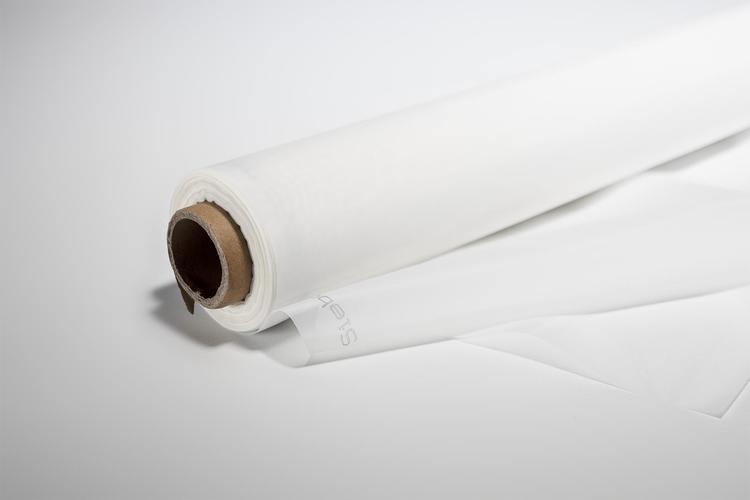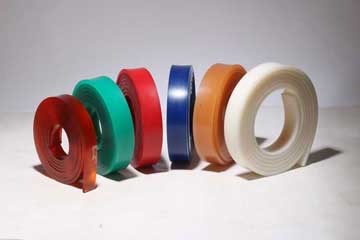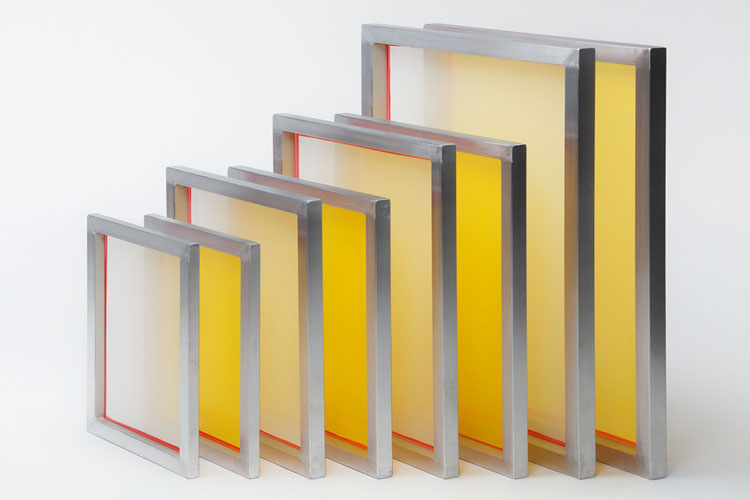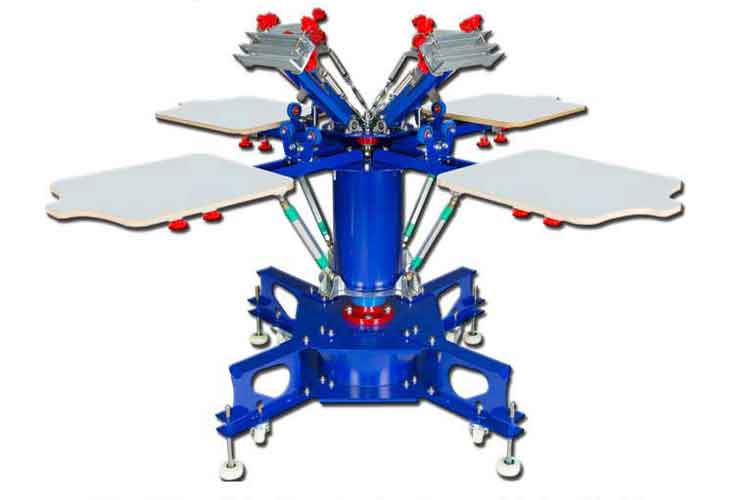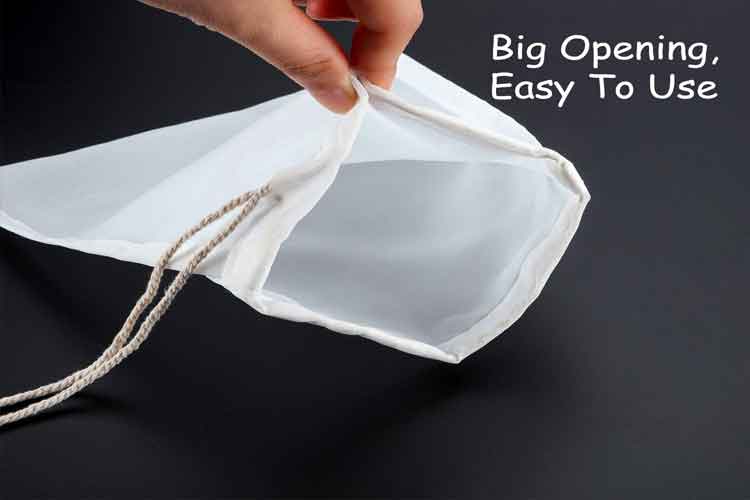How to find screen printing mesh suppliers that deliver precision, consistency, and reliability
Partner with screen printing mesh suppliers who treat repeatable performance as the baseline, not an add-on.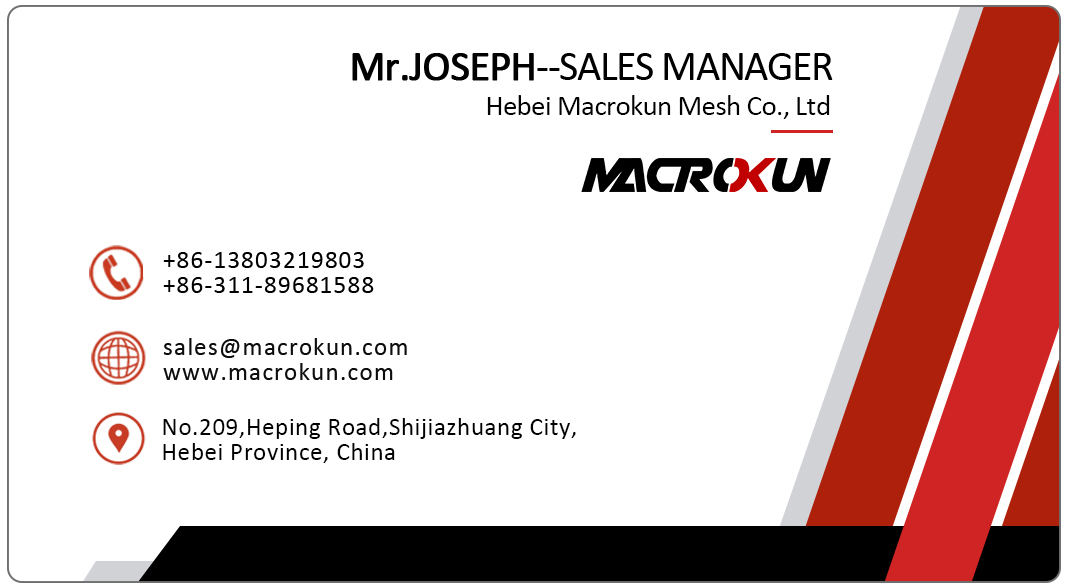
Why your supplier choice matters more than the mesh roll itself
Finding the right partner changes everything. When you rely on screen printing mesh suppliers that understand tolerances, weave stability, and traceable material batches, your prints become more predictable and your downtime declines. A reliable supplier provides consistent mesh that holds tension, resists chemical exposure during reclaim, and comes with datasheets that let you plan jobs with confidence. That predictability saves hours of troubleshooting and keeps customers happy on delivery day.

What professional buyers expect from top suppliers
Experienced buyers want six basics: clear material grade (polyester, nylon, stainless), mesh count and aperture in microns, thread diameter tolerances, recommended tension ranges, sample availability, and transparent lead times and MOQs. When screen printing mesh suppliers publish these items prominently, procurement and production teams can quickly shortlist candidates and run validation tests without guesswork.
Material choices and when to prefer each
Most everyday work uses polyester monofilament for its low stretch and chemical resistance. Nylon has niche uses where extra elasticity suits curved or irregular surfaces. Stainless-steel mesh is the go-to for extreme precision, elevated temperature, or solvent-heavy processes. The right screen printing mesh suppliers will help you choose materials based on the ink system, substrate, and production cadence rather than on price alone.
Mesh count, aperture and the print trade-offs
A finer mesh count yields sharper halftones and small detail but reduces ink throughput; coarser meshes allow heavier ink laydown for bold solids. Good suppliers provide both mesh count and aperture (µm), because those numbers let you predict dot gain and opacity. Avoid vendors who only list “mesh number” — the best screen printing mesh suppliers give full specifications so you can match cloth to artwork and squeegee.
Weave types and finishing: small differences, big effects
Plain weave is common; twill or Dutch weaves can increase open area while preserving strength. Calendering (flattening wires) is a finishing step that improves stencil adhesion. When evaluating screen printing mesh suppliers, ask about weave consistency, calendering options, and whether they can supply pre-cut or framed samples for testing — those finishing details affect both print quality and stencil life.
Why datasheets and traceability reduce risk
Insist on a datasheet for every roll. It should list mesh count, wire diameter, open area percentage, recommended tension, and any post-weave finishing. Top screen printing mesh suppliers also include lot numbers and material certificates for buyers who need repeatable results across multiple orders. That traceability prevents surprises when you reorder months later.
Sampling strategy: test before you scale
Always validate with small samples before making larger purchases. Ask suppliers for sample swatches and short rolls so you can test exposure, emulsion compatibility, and print results on your actual presses. Reliable screen printing mesh suppliers will welcome testing — it’s part of building a repeatable supply relationship and shows confidence in their product.
What to test during validation
When you test a sample, check how it tensions, how it holds registration, and how it responds to your reclaim chemistry. Run a standard test print including halftones, fine lines, and a heavy solid to observe ink laydown. If the mesh performs consistently across these checks, you’ve likely found a good supplier. Great screen printing mesh suppliers will help design a validation checklist and accept small returns in the pilot phase.
Lead times, MOQs and logistics realities
Expect different lead times depending on material and finishing. Stainless or specialty weaves often have longer lead times and higher MOQs; standard polyester rolls are usually quicker. Local distributors can reduce lead times and MOQ pain by holding stock. Choose screen printing mesh suppliers with logistics solutions that match how quickly you need to respond to orders.
Pricing vs. total cost of ownership
A cheap roll can cost more in the long run if it warps, stretches, or fails to keep tension. Evaluate suppliers based on lifecycle: how many reclaims a roll survives, how consistently it holds tension, and whether its tolerance variability forces additional make-ready time. The best screen printing mesh suppliers will have technical data or case studies showing real-world lifespan rather than just a price per meter.
Quality assurance and certifications to look for
Ask if suppliers have ISO or material certifications, and whether they perform in-house dimensional checks. Consistent wire diameter and open area percentage are indications of control. Suppliers who can demonstrate QA processes are more likely to supply mesh that performs predictably on the press. A short audit or a factory visit is especially valuable for large or recurring orders.
Small suppliers vs. big manufacturers: pros and cons
Small regional suppliers often excel at service, quick samples, and cut-to-size flexibility. Large manufacturers can offer broader product lines, consistent datasheets, and sometimes custom development for high volumes. Choose screen printing mesh suppliers based on the match to your business model: agility for small runs, standardized reliability for scale.
Sustainability and chemical compatibility
If you use water-based inks or specialty chemicals, confirm mesh compatibility. Some suppliers are optimizing finishes and materials to reduce environmental footprint and improve reclaim efficiency. Ask potential screen printing mesh suppliers about recommended cleaning agents and whether their finish reduces chemical usage or waste during reclaim.
Building a reliable supplier relationship
Treat supplier selection as relationship building. Start with a small pilot order, document the test results, agree on acceptance criteria, and build a reorder schedule. Communicate your priorities—whether that’s minimal downtime, lowest unit cost, or highest precision—and pick screen printing mesh suppliers who demonstrate they can meet those priorities consistently.
Common pitfalls and how to avoid them
Don’t buy on price alone. Don’t skip datasheets or avoid testing. Don’t assume all mesh counts behave the same across suppliers. Mitigate risk by sampling, checking QA documentation, and maintaining one or two trusted screen printing mesh suppliers rather than juggling many unknown sources.
Quick procurement checklist
-
Request datasheet and sample.
-
Validate under your process (tension, exposure, print test).
-
Confirm lead time and MOQ.
-
Negotiate pilot terms and acceptance criteria.
-
Place an initial order with staggered replenishment.
Following this checklist helps you scale confidently with the right screen printing mesh suppliers.
Final recommendation: prioritize predictability
For consistent, high-quality output, prioritize predictability over the lowest upfront price. Choose suppliers who provide full specifications, sample policy, and demonstrable QA. Those partners will make your shop more reliable and let you focus on the parts of the business that grow revenue — not the parts that fix reprints. Partner with screen printing mesh suppliers who treat repeatable performance as the baseline, not an add-on.
Next:none
Tags:
